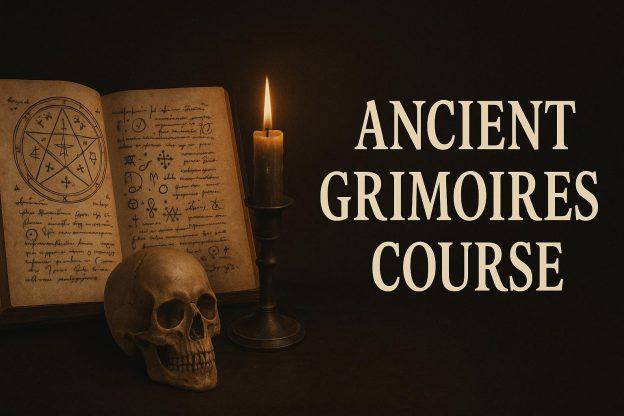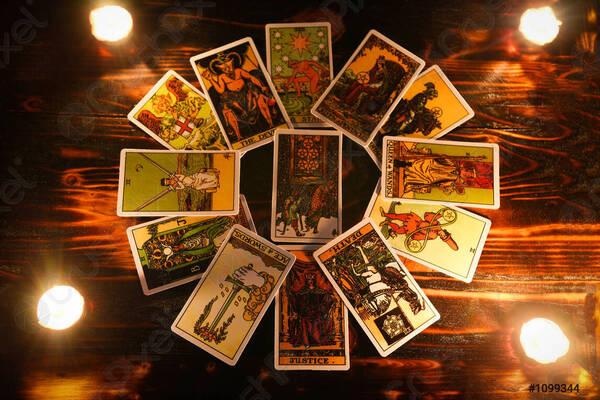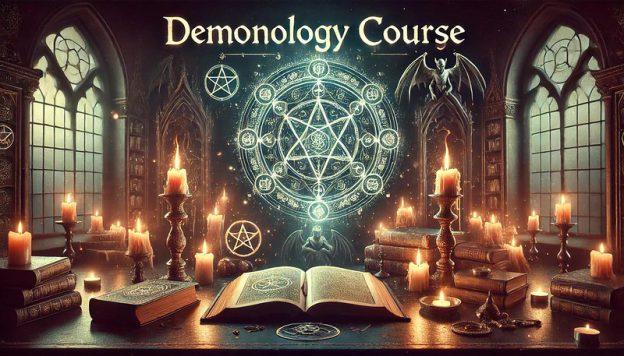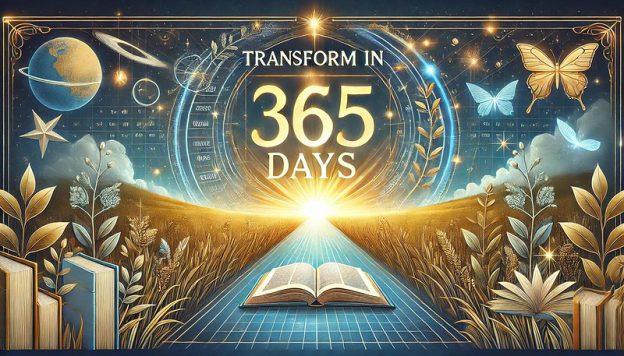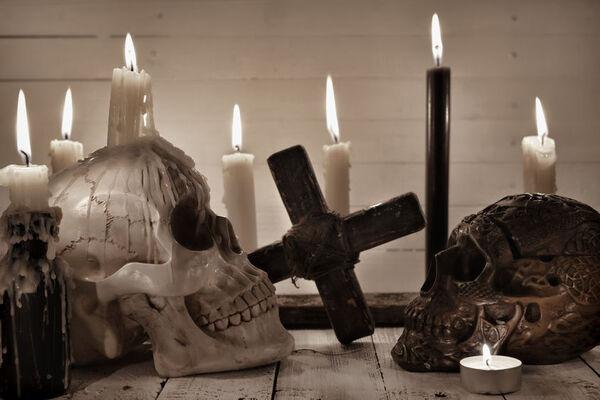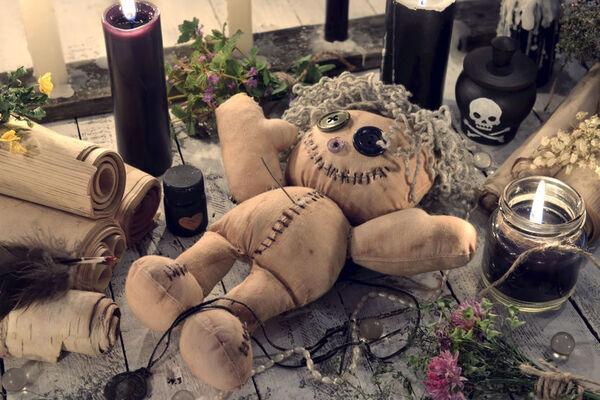The Fenghuang

Fenghuang: The Mythic Bird of China and Its Mysterious Echoes
In the vast and storied pantheon of Chinese mythology, few creatures hold the majesty and layered symbolism of the Fenghuang—the legendary bird that rules over all other birds. Often referred to in the West as the Chinese Phoenix, the Fenghuang is not a mere counterpart to the Greek phoenix of fire and rebirth. It is a far more complex and ancient symbol, deeply embedded in Chinese cosmology, history, and even, perhaps, in remnants of real prehistoric creatures.
The Sovereign of Birds: Origins and Symbolism
The Fenghuang is a composite, almost otherworldly creature. Descriptions vary over the millennia, but the most consistent features include long legs, a tall, upright posture, a serpentine neck, powerful talons, and a tail that fans like the plumage of a peacock. It is often depicted with elements from multiple animals: the beak of a rooster, the neck of a snake, the breast of a goose, the back of a tortoise, and the tail of a fish.
This mythological hybrid is more than ornamental. It is said to embody the union of yin and yang, representing both masculine and feminine energies in harmony. In imperial China, the Fenghuang was often associated with virtue, grace, and benevolent rule. It would appear during times of peace and prosperity and retreat when conflict or corruption arose. In iconography, it frequently accompanies the dragon—the emblem of the emperor—with the Fenghuang symbolizing the empress or the people’s virtue.
The bird’s name itself—Feng (male) and Huang (female)—points to this sacred duality. Over time, the concept evolved into a single entity that contains both genders, reinforcing the bird’s role as a celestial balancer.
A Link to Prehistoric Reality? The Asian Ostrich Theory
While the Fenghuang is deeply spiritual and symbolic, some cryptozoologists and scholars have proposed that its physical attributes may be rooted in folk memory—echoes of real animals encountered by ancient peoples.
One such candidate is the Asian Ostrich (Struthio asiaticus), a now-extinct species of ostrich that once roamed across China and Central Asia during the Pleistocene epoch. Unlike modern ostriches, which are native to Africa, these Asian ostriches were known to prehistoric human populations in China, as evidenced by archaeological discoveries. Decorated pottery from over 7,000 years ago has been unearthed bearing images of long-legged birds with snaking necks—creatures remarkably similar in form to both ostriches and stylized depictions of the Fenghuang.
Bones of these ostriches have been discovered in early human campsites across China, suggesting that early humans observed or hunted them. As the Asian ostrich disappeared from the landscape, perhaps due to changing climates or human predation, its memory may have lingered in myth, slowly evolving into the regal, spiritually significant Fenghuang.
Cryptozoological Connections: Fenghuang and Mothman?
Though the Fenghuang is primarily associated with positive omens, its morphology—a tall, long-legged, winged creature—draws an interesting parallel with other cryptids, including the infamous Mothman of West Virginia. Sightings of Mothman in the 1960s described a human-sized, dark-feathered figure with glowing red eyes and a ten-foot wingspan.
Interestingly, some zoologists and cryptozoologists have speculated that Mothman could have been a misidentified large bird. One theory suggests an extinct Cuban owl—a four-foot-tall predator with exceptionally long legs—as a possible match. This owl’s posture and silhouette would bear an uncanny resemblance to stylized depictions of the Fenghuang, reinforcing a thematic link between cryptid sightings and mythic bird imagery across cultures.
Fenghuang County: A Place of Names and Omens
Adding a layer of eerie synchronicity to this mythological tale is the real-world location of Fenghuang County, a picturesque and historic town in western Hunan province, China. The county not only shares its name with the mythic bird, but it is written with the same Chinese characters: 凤凰 (Fènghuáng).
In a tragic coincidence, a bridge collapse occurred in Fenghuang County in August—the same month in which the Fenghuang is sometimes referred to as the “August Rooster.” While the symbolism may be coincidental, such correlations often carry deep significance in Chinese cosmology, where names, timings, and natural events are closely studied for signs and portents.
The idea that a creature symbolizing harmony, peace, and protection would be linked, at least in name and myth, to a place that experiences sudden collapse presents an ironic tension—one that echoes the Fenghuang’s ancient warning: it disappears when trouble approaches.
The Fenghuang in Modern Culture and Cryptozoology
Despite its deeply mythological roots, the Fenghuang continues to inspire fascination among cryptozoologists, folklorists, and artists. In some cases, it has been considered a candidate for cryptid classification, especially when aligned with prehistoric ostriches or sightings of massive birds in isolated parts of Asia.
Unlike other cryptids that are often feared, the Fenghuang is largely revered, and viewed as a symbol of spiritual virtue and transcendence. Its story is a reminder that mythology often carries hidden fragments of ecological history, and that ancient legends may preserve truths that science is only beginning to rediscover.
Myth, Memory, and Mystery
The Fenghuang is far more than a mythic bird. It is a living bridge between China’s prehistoric past and its mythological imagination, between spiritual ideals and cryptozoological curiosity. Its serpent-like neck may recall an extinct ostrich; its glorious plumage may echo ancestral memories of vibrant ecosystems long vanished. And its symbolic withdrawal in troubled times may still offer lessons to a world in search of balance.
Whether as a cultural icon, mythological guardian, or forgotten cryptid, the Fenghuang continues to soar—through history, art, and perhaps even the collective memory of humankind.
SOURCE:
*https://www.cryptomundo.com/cryptozoo-news/fenghuang-mothman-in-china/
Aug 14, 2007
NOTE:
Edited and revised for the Web by Occult Media, the 2nd of February of the Year 2022. We use British English spelling.
